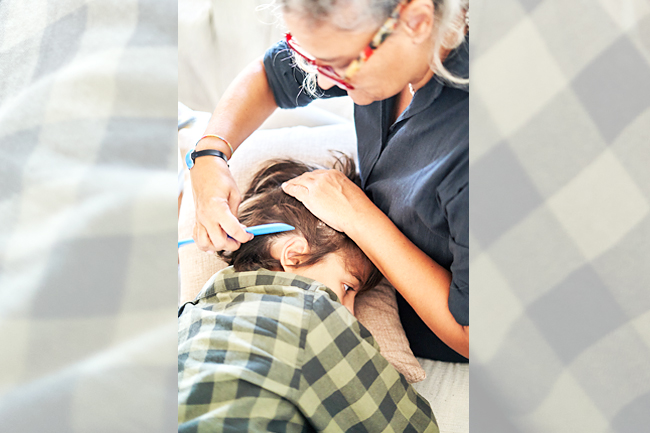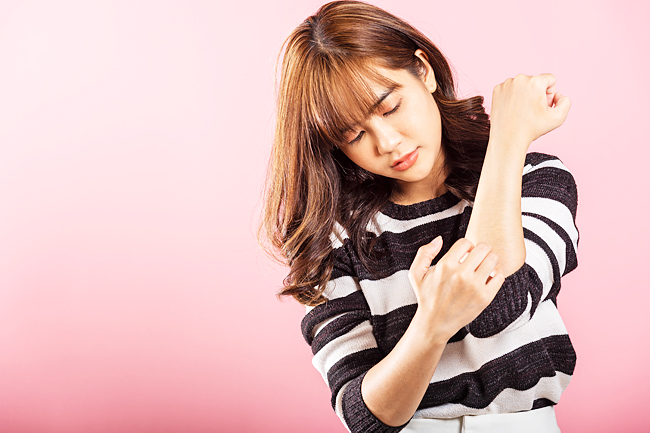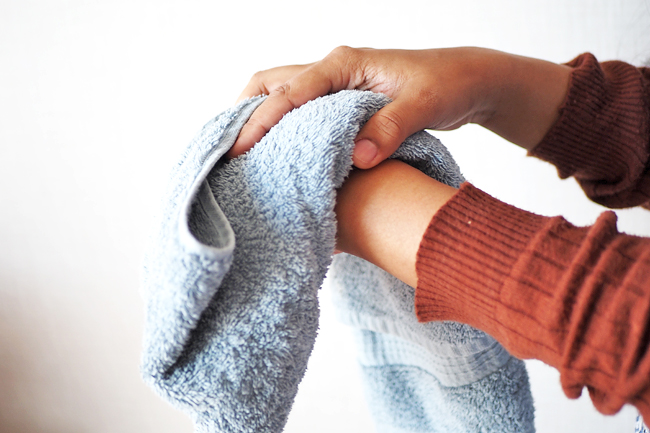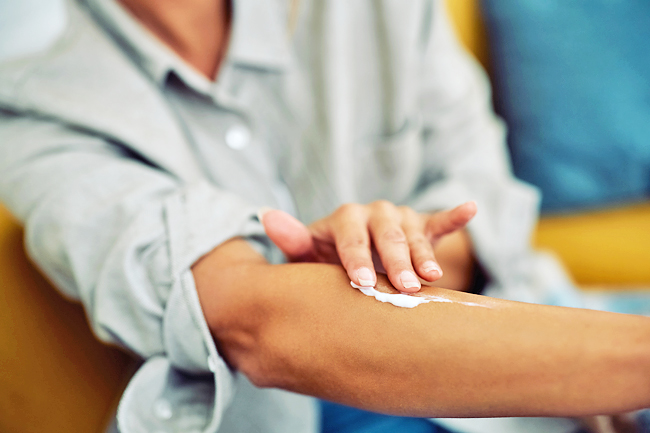AFP – Head lice are easily spread in communal environments like schools and daycare centres. These blood-sucking parasites are becoming more resistant to certain treatments, making it crucial to take proper steps to prevent their spread and eliminate them promptly.
Head lice are small insects, measuring about two to three millimetres in length. They live on the scalp, where they lay eggs.
Contrary to common belief, they don’t jump but instead move between hair strands, gripping them with strong claws on the ends of their six legs.
While they feed on blood and can survive for a day or two on the scalp, they can’t live more than three days without it. Itching is often the first sign of an infestation.
But it’s possible to have lice without experiencing any particular symptoms. If you suspect your child has lice, inspect their scalp for these parasites. They’re usually found very close to the scalp and the nape of the neck, or behind the ears.
Bear in mind that lice crawl very quickly, making them difficult to see. You can use a fine-toothed comb to help hunt them down. Choose a metal comb, as these are sturdier than plastic ones.


If your child does have head lice, there are a multitude of products available to combat them. But not all of them are as effective as you might think. Over time, lice have genetically evolved to survive conventional treatments such as malathion or pyrethrin derivatives. In fact, products containing these insecticides have been off the market in some countries for some years now.
Conversely, lotions, creams and sprays containing non-insecticidal substances are available. These act physically, not chemically, against head lice by suffocating them.
Such products can be based on silicone-oil complexes (dimethicone and cyclomethicone), oxyphthirin and coconut oil.
These products should be used in conjunction with a lice comb to remove the parasites.
Some people might be tempted to try traditional remedies such as mayonnaise, onion juice and white vinegar, or essential oils, to get rid of lice.
However, there is no scientific consensus on the effectiveness of these natural treatments.
Note that essential oils can cause allergic reactions on the scalps of young children. For added precaution, it’s important to inspect the scalps of all family members if any of them are found to have head lice.
You should also disinfect all fabrics and objects that may have been infected by these parasites. Be sure to machine-wash sheets and pillowcases, as well as any clothing in contact with the scalp or neck, at a temperature above 50 degrees Celcius. Brushes and combs should be soaked in an insecticide solution for around 10 minutes.
They can be reused a few days after disinfection. A child with head lice can usually still go to school or nursery.
However, it is advisable to inform the teaching or daycare staff so that preventive measures can be taken.
If your child has long hair, be sure to tie it back to limit the risk of transmission. Parents can feel guilty when their child has head lice, but there’s nothing to be ashamed of. The presence of these insects is in no way linked to hygiene issues.
Every year, more than 100 million people worldwide are affected by head lice, according to a study published in 2010 in the New England Journal of Medicine. This benign condition mainly affects children aged three to 11 years.
BERNAMA/DPA – If you’re experiencing persistent itching and irritation on your skin, it’s important to consult a doctor to determine the underlying cause.
According to experts from a German pharmacists’ association, these symptoms shouldn’t be ignored.
However, there are steps you can take to relieve the discomfort while you wait for your doctor’s appointment.
DON’T SCRATCH
Yes, we know, it takes a lot of willpower, but it’s worth it. The experts said scratching can lead to bleeding, inflammation, and even to more severe itching, so it’s best avoided.
Instead, try applying cooling compresses to the itchy areas of skin. If you tend to scratch at night, you should keep your fingernails as short as possible or wear thin cotton gloves to limit the damage.



PROTECT THE SKIN
When it’s itchy, it’s best not to put your skin under any further stress, so hot showers, for example, should be avoided.
If you need to wash, try gently running cool water over your skin instead. When drying yourself, it is better to dab gently – a vigorous rub can unnecessarily stress the skin.
As dryness is a possible cause of itching, good skincare can make all the difference. Apply a moisturising cream after showering or bathing.
Choose a product with ingredients such as aloe vera and dexpanthenol.
OVER-THE-COUNTER MEDICINES
There are some over-the-counter (OTC) medicines that can relieve itching, eg cooling creams containing urea, camphor or menthol.
However, if you have sensitive skin, it is better to avoid these ointments as there is a risk of hypersensitivity reactions, according to the experts.
Anti-allergic drugs with active ingredients such as cetirizine, loratadine or desloratadine can also help to relieve itching.
The best way to find out exactly which tablets or ointments are suitable is to talk to your pharmacist.




